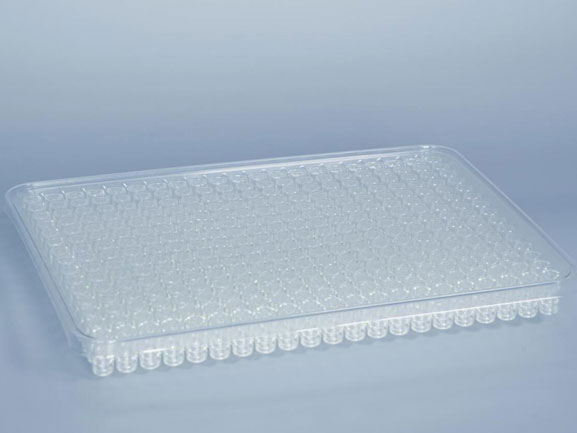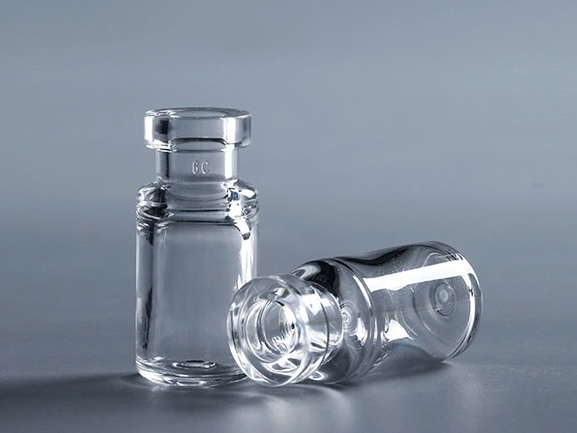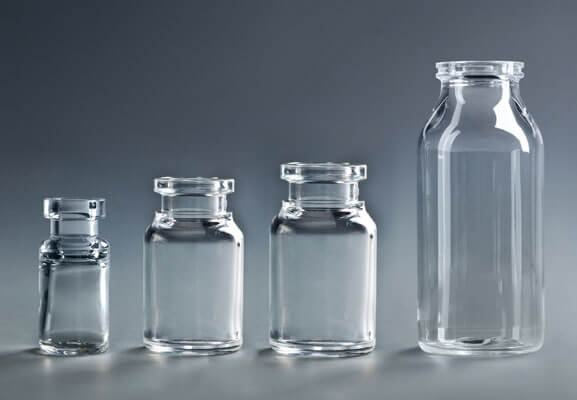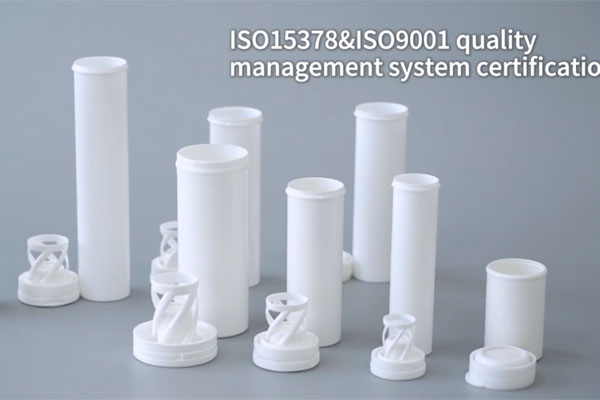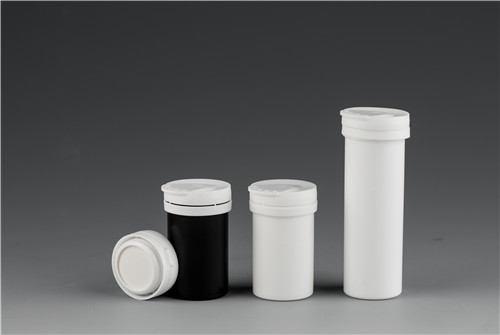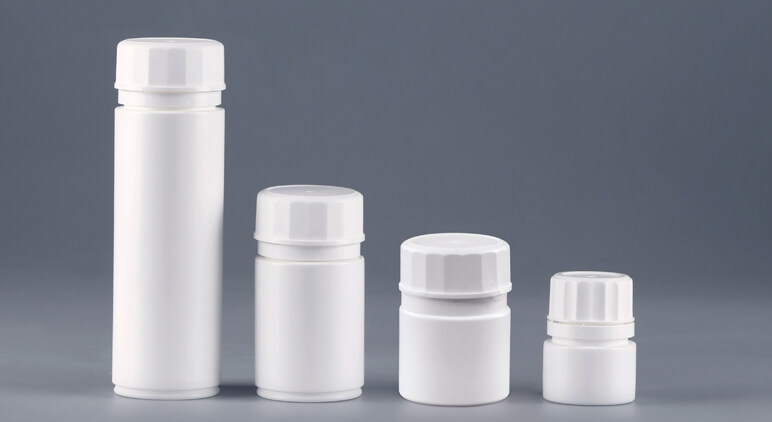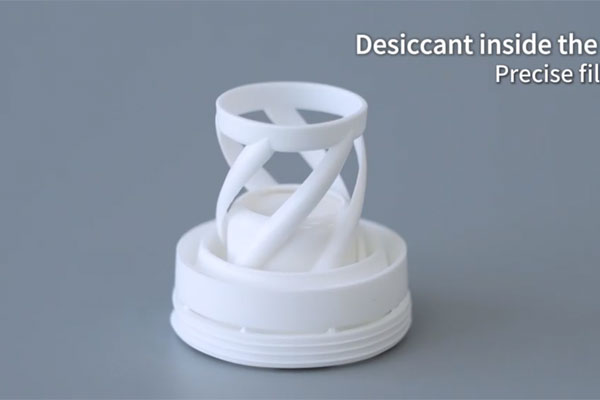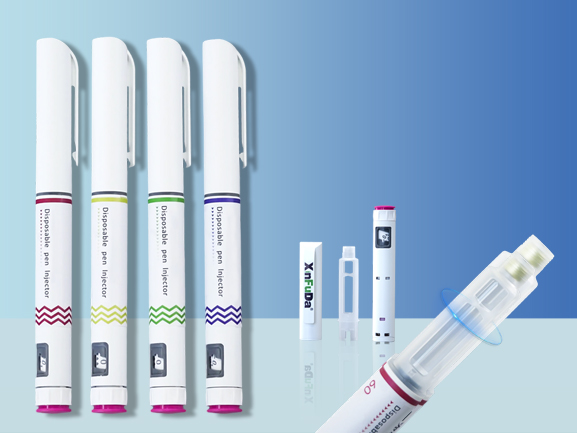As the pharmaceutical industry faces increasingly strict demands for drug packaging materials, especially in the field of high-end drugs such as biologics and cell-based therapies, there is a growing need for higher packaging quality, stability, and safety. COP vials (Cyclo-Olefins Polymer pharmaceutical plastic vials) have become the ideal packaging material for many pharmaceutical companies due to their excellent chemical stability, low protein adsorption, and outstanding low-temperature resistance. In recent years, the "no-wash, no-sterilization" packaging form of COP vials has gained widespread attention in the industry as an innovative solution, providing an efficient and convenient option for pharmaceutical production.
1. Definition of No-Wash, No-Sterilization Packaging Form
In traditional drug packaging processes, the vials typically need to undergo cleaning and sterilization treatments to ensure sterility. This process is not only time-consuming and labor-intensive but also increases production costs and process complexity. The no-wash, no-sterilization packaging form of COP vials, as the name suggests, is a method where vials are directly used for filling and packaging without the traditional washing and sterilization procedures. This innovative approach guarantees the hygiene of the vials and the safety of the drugs by using sterile raw materials and a high-standard production environment during vial manufacturing, while also eliminating many steps in the traditional process. As a result, it significantly improves production efficiency.
RTU(ready to use) 2ml COP vial
2. Technical Advantages of No-Wash, No-Sterilization Packaging
Time and Cost Savings: The traditional packaging process involves cleaning, sterilization, and other procedures, which consume a lot of time and increase additional labor and equipment costs. The no-wash, no-sterilization COP vials streamline production processes by eliminating these steps, offering directly sterilized vials, reducing production cycles, and lowering factory operating costs.
Improved Production Efficiency: As competition in the pharmaceutical market intensifies, companies increasingly demand higher efficiency in production processes. The application of no-wash, no-sterilization technology allows drug filling to be carried out quickly and seamlessly, avoiding delays from cleaning and sterilization. This enables pharmaceutical companies to increase production flexibility, quickly respond to market demand changes, and enhance overall production capacity.
Reduced Risk of Drug Contamination: COP vials are produced in sterile environments using materials that meet pharmaceutical standards, ensuring that no external contamination is introduced during the packaging process. In traditional cleaning and sterilization processes, improper handling or aging equipment can still lead to microbial contamination. However, the no-wash, no-sterilization COP vials minimize contamination risk by controlling the source, ensuring the quality and safety of the drugs.
3. Applicable Scenarios for No-Wash, No-Sterilization Packaging
No-wash, no-sterilization COP vials are especially suitable for drugs that require high packaging standards, particularly in the fields of biologics, cell-based therapies, and high-pH drugs. Some typical applications include:
Biologics and Lyophilized Powders: Biologics often contain sensitive proteins or active ingredients, and any unnecessary contact or contamination could affect the drug's efficacy. No-wash, no-sterilization COP vials provide sterile packaging, ensuring the drug is not contaminated during storage and transport, preserving its activity to the maximum extent.
Cell-based Therapies: Cell therapy and gene therapy drugs need to be stored in low-temperature environments and require high cleanliness and sterility of the packaging material. The no-wash, no-sterilization COP vial packaging form reduces drug loss and contamination during low-temperature storage and transportation.
Vaccines and High-pH Drugs: High-pH drugs are prone to reactions with packaging materials during storage, which can affect the drug’s stability. COP vials, with their chemical stability and low protein adsorption properties, effectively prevent drug-material interactions, ensuring the drug's efficacy.
In summary, the no-wash, no-sterilization packaging form of COP vials offers pharmaceutical companies a novel solution that ensures drug quality and safety while significantly improving production efficiency and reducing costs. Whether in biologics, cell-based therapies, or vaccines, this innovative packaging form provides great convenience for pharmaceutical companies. With technological advancements and changing industry demands, the no-wash, no-sterilization packaging form of COP vials will undoubtedly play an increasingly important role in the future, driving the pharmaceutical industry towards greater efficiency, environmental sustainability, and intelligent development.
